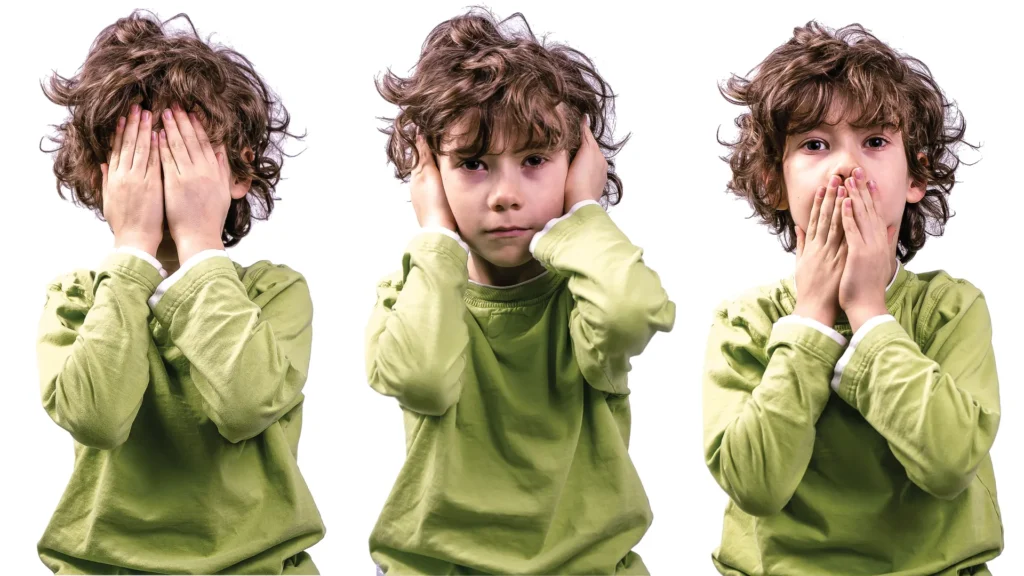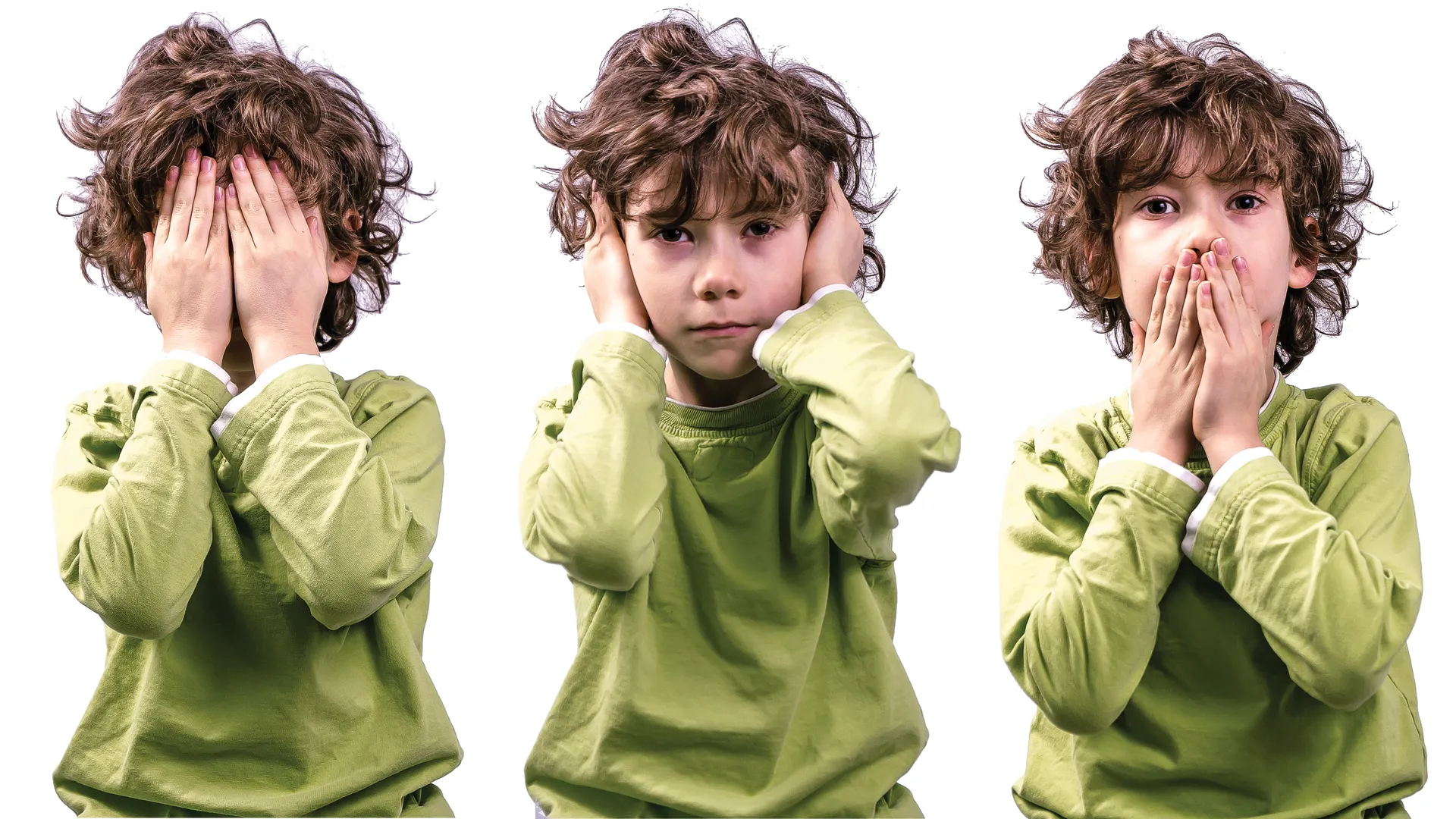Intro

Recognising early signs of autism in infants and young children is a topic of great significance. Early identification and intervention often result in significantly improved outcomes for children on the autism spectrum. In this blog post, we delve into what autism spectrum disorder (ASD) is, why early detection is crucial, and the signs to look out for in your little one.
Understanding Autism Spectrum Disorder
Autism Spectrum Disorder (ASD) is a complex, multi-faceted condition, mainly recognised as a developmental disorder that notably impacts communication and behaviour. Often, the symptoms of this condition make their first appearance within the initial two years of a child’s life. It’s crucial to note that ASD is a spectrum disorder. This implies that it presents differently in each individual. Hence, the range and intensity of symptoms can vary dramatically from one child to another.
When we say ASD influences ‘communication’, we’re referring to both verbal and non-verbal communication. A child with ASD might face challenges in expressing their thoughts, feelings, or needs verbally. On the other hand, non-verbal communication difficulties could mean struggling to understand gestures, facial expressions, or body language.
Behaviour-wise, children with ASD may display repetitive movements or patterns, have specific obsessions, or resist changes in routine or environment. Additionally, they might show unusual responses to sensory input, such as heightened sensitivity to sounds, textures, or lights, or conversely, seeming oblivious to sensory stimuli that would usually attract a reaction.
It’s important to reiterate that this is a general overview of ASD’s nature. The actual manifestation of symptoms could look very different for each child, which is why awareness of the early signs of autism becomes all the more critical for parents. Being alert to these early signs empowers parents to seek timely professional advice, paving the way for early interventions that can significantly enhance the child’s developmental trajectory.
The Importance of Early Detection
Spotting autism at the earliest stage can make a monumental difference to a child’s journey. By identifying the signs of autism promptly, you pave the way for early interventions to commence. These early interventions are much more than simply addressing symptoms; they are about enriching a child’s life. They focus on enhancing cognitive abilities, fine-tuning daily living skills and encouraging the child’s full participation in community life.
Early detection can seem daunting, but the benefits are manifold. The right interventions, begun early, can act as a catalyst to boost your child’s overall development. They equip children with the tools they need to navigate through life more comfortably and confidently, despite the challenges posed by autism.
Remember, early detection doesn’t mean rushing into conclusions. It’s about being vigilant and understanding that if your child does indeed have autism, the sooner it’s recognised, the sooner you can begin to help them thrive. So keep observing, keep noting, and if in doubt, don’t hesitate to consult a professional. It’s all about ensuring that your child gets the support they need, precisely when they need it.
Common Signs of Autism in Infants

Autism encompasses a vast spectrum of symptoms, yet there are early signs that parents can keep an eye out for in their infants. These include your little one not responding when their name is called, an avoidance of eye contact, and an inclination towards repetitive actions. Does your child echo the same phrases without context or perhaps, show little reaction when you beam a smile at them? Do they seem uninterested in partaking in the world of make-believe games or imaginary playmates? These could be indications of ASD. However, it’s paramount to remember that having one or two of these signs does not conclusively mean your child is on the autism spectrum. Instead, if you find your child exhibiting multiple signs, it might be a good idea to seek the expertise of a professional. They can provide a thorough assessment and guidance on the next steps to take.
Difficulty with Eye Contact and Emotional Engagement
One tell-tale sign of Autism Spectrum Disorder in infants can be difficulty establishing and maintaining eye contact. Your little one may seem to gaze beyond you or appear oblivious to your presence, even when you’re right there before their eyes. This can be both puzzling and concerning for parents who are eagerly awaiting that heartwarming eye-to-eye connection with their child.
Another aspect of emotional engagement is the exchange of emotions. Infants typically respond to smiles and laughter by mimicking these expressions. However, in children with ASD, this emotional mirroring may not occur. Your baby might not return your affectionate smile or giggle in response to your cooing, leaving you feeling as if your attempts at interaction are going unanswered.
Similarly, children on the spectrum might not display the same enthusiasm for social games. The delightful anticipation and bursts of laughter that usually accompany games of peek-a-boo or tickle monster may be absent. Instead, your child may seem indifferent, displaying a lack of interest in such social play activities.
This dearth of emotional engagement and social responsiveness, though potentially worrying, does not definitively mean your child has autism. These are merely signs that, when present along with others, might indicate a need for professional consultation. Remember, every child is unique and develops at their own pace, so occasional lapses in eye contact or emotional reciprocity don’t necessarily signal a problem. However, if you notice these signs consistently, it could be worth seeking expert guidance.
Repetitive Movements and Speech Patterns
Children within the autism spectrum may exhibit a predilection for particular routines or behaviours that they perform repeatedly. They might frequently be seen engaging in certain movements like swaying to and fro, revolving around, or fluttering their hands. If you’ve ever noticed your little one echoing particular phrases or words again and again, even if it doesn’t quite fit the conversation, it’s likely not just a quirk. This is another classic sign of ASD.
Such repetitive motions or speech patterns might seem strange, but they can serve a comforting purpose for children on the spectrum. They provide a sense of order and predictability in a world that often feels chaotic and overwhelming to them. These repetitive actions can be a way for them to communicate their need for calmness and order.
It’s worth noting that the type and intensity of these behaviours can vary greatly from child to child. One child might show an intense fascination with lining up their toys in a specific order, while another might continuously repeat a favourite line from a nursery rhyme.
Although observing these patterns in your child could be concerning, it’s essential to remember that such behaviours alone do not confirm a diagnosis of ASD. They are simply possible indicators that, in conjunction with other signs, might suggest the need for a professional evaluation. In any case, understanding these repetitive behaviours can help us connect better with children on the spectrum, providing them with the patience, compassion, and understanding they deserve.
Delayed Language Development

A child’s first word is a milestone eagerly anticipated by most parents. But what if your little one seems to be taking longer than others to utter their first words? A delay in language development can sometimes be a sign of Autism Spectrum Disorder. Your little one may not be as talkative as other children their age, or might not be speaking at all. Their verbal cues could be unique too, with speech that seems monotonous, overly singsong, or even robotic.
Remember, these are possible signs, not certain indicators, and language difficulties don’t occur in all children on the spectrum. Also, every child is an individual, and some may naturally take longer than others to start talking. However, if you’re noticing a delay in language development alongside other signs of autism, it could be a signal to seek professional advice. As always, it’s all about supporting your child and ensuring they have the right help at the right time.


One thought on “Spotting the Early Signs of Autism in Infants and Children”